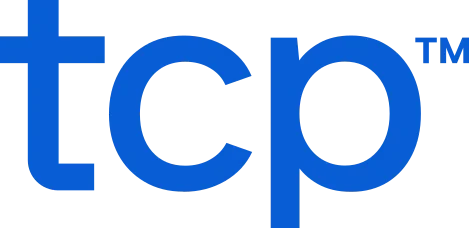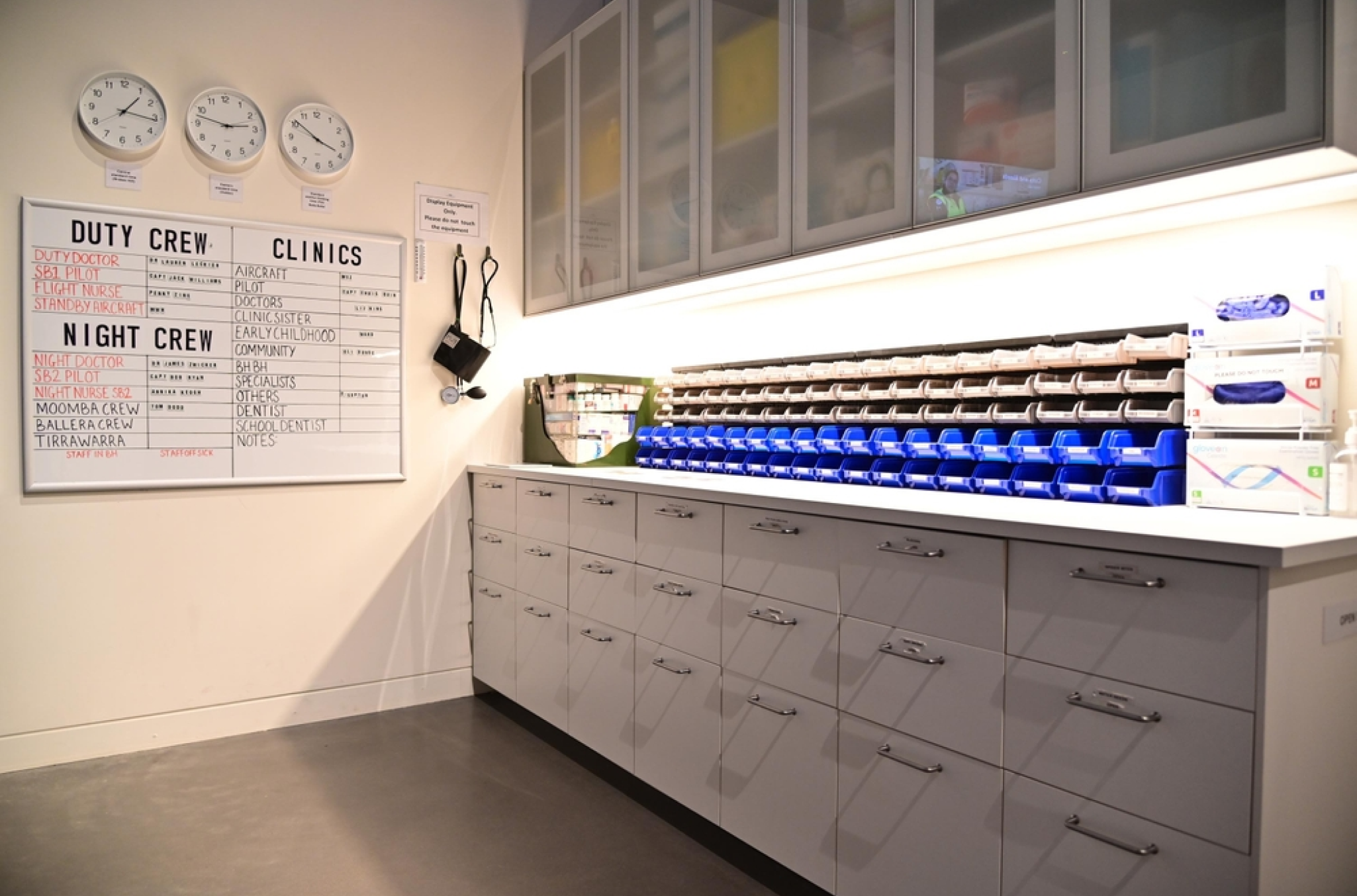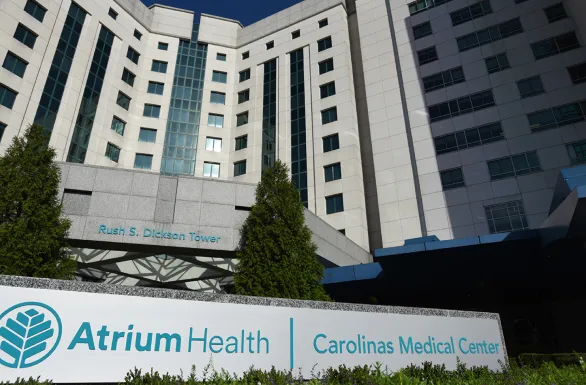Healthcare organizations face unique employee scheduling challenges, such as last-minute shift changes, rigid compliance requirements, and the risk of employee fatigue. Traditional scheduling methods often fail to meet these demands, leading to inefficiencies and increased costs. A single scheduling misstep can lead to understaffed shifts, excessive overtime, or regulatory violations, which negatively impact employees and patients.
As the healthcare landscape continues to evolve, the need for effective employee scheduling has never been more critical. Patient expectations for quality care, rising labor costs, and stricter labor laws all demand a modern, adaptable approach to workforce management. By embracing strategic scheduling practices and leveraging technology, healthcare organizations can create fair, efficient schedules that benefit staff and patients.
This guide breaks down how to improve employee scheduling in healthcare, how automation improves efficiency, and strategies to optimize shift planning while ensuring compliance. Whether you manage a hospital, clinic, or long-term care facility, these insights will help streamline your healthcare scheduling.
The challenges of employee scheduling in healthcare
While every industry has their own unique scheduling needs, healthcare organizations have additional challenges that they need to consider. For instance, facilities must balance things like compliance, employee well-being, cost control, and patient care quality. Let’s explore what makes healthcare employee scheduling so complex.
Managing 24/7 coverage and shift work
Hospitals, clinics, and long-term care facilities require round-the-clock staffing to verify patients receive consistent care. Unlike corporate jobs, where shifts follow a predictable pattern, healthcare requires overnight, weekend, and rotating shifts, which can lead to workforce fatigue and inefficiencies.
For instance, an emergency room must always be fully staffed, but patient volume fluctuates. If a hospital fails to predict high-traffic hours, staff may become overwhelmed, leading to longer patient wait times and increased employee stress. On the other hand, overstaffing results in unnecessary labor costs.
A real-world example can be seen in high-volume urban hospitals where unexpected spikes in patient numbers due to accidents, natural disasters, or seasonal illnesses can put excessive pressure on staff. Without an optimized scheduling system, shift gaps can lead to burnout and increased employee turnover. On the other hand, rural hospitals may also struggle to fill night shifts because of a limited workforce near those locations. To help with this, hospitals can offer incentives for hard-to-fill shifts using automated scheduling tools, establishing necessary coverage without overworking current staff.
Compliance with healthcare labor laws and regulations
Healthcare scheduling is governed by strict labor laws that vary by region and organization type.
Key areas of labor law compliance include:
- Mandatory rest periods to prevent fatigue-related errors
- Overtime regulations that limit the number of hours an employee can work consecutively
- Union agreements that dictate how shifts must be distributed fairly
- Nurse-to-patient ratio laws that require a specific number of staff per patient to assure safety
Additionally, HIPAA regulations impact shift communication which requires that sensitive scheduling information be shared securely without exposing patient or employee data.
Some states, such as California and New York, enforce stricter scheduling, break, and overtime rules. California’s enforcement of strict nurse-to-patient ratios serves as a significant example of regulatory measures aimed at safeguarding quality care in hospitals. The state mandates specific minimum staffing levels, such as a 1:2 ratio in intensive care units and a 1:5 ratio in medical-surgical units. Non-compliance with these regulations can lead to substantial fines and jeopardize hospital funding. For instance, the California Department of Public Health (CDPH) imposes penalties of $15,000 for the first violation and $30,000 for subsequent violations of nurse staffing ratios.
On the other hand, failure to adhere to break and overtime regulations in New York has led to class-action lawsuits against hospitals for overworking their nursing staff. For example, a former nurse at New York-Presbyterian Hospital filed a lawsuit alleging she was not paid proper wages, including for hours worked in excess of 40 per week or 10 per day. Similarly, Mount Sinai Hospital faced a class-action lawsuit where billing coordinators claimed they were consistently denied overtime wages mandated by the Fair Labor Standards Act (FLSA) and New York State Labor Law.
Implementing automated compliance tracking systems can help prevent such costly violations by maintaining adherence to labor laws. These systems can track employee work hours, breaks, and overtime, providing real-time alerts for potential compliance risks.
Implementing automated compliance tracking systems can help prevent such costly violations by maintaining adherence to labor laws. These systems can track employee work hours, breaks, and overtime, providing real-time alerts for potential compliance risks.
Employee well-being and burnout prevention
Healthcare employee scheduling isn’t just about staffing shifts. It’s about protecting the people doing the work.
Burnout is a serious issue in healthcare, with overworked employees experiencing stress, exhaustion, and disengagement. Studies show that fatigued healthcare workers are more likely to make critical mistakes, increasing employee and patient risks. Additional studies examining patient satisfaction revealed that physician burnout doubles the likelihood of lower patient-reported satisfaction and healthcare provider burnout can double the rate of issues around patient safety.
Consider a nurse who works multiple back-to-back shifts due to last-minute coverage shortages. They may become less attentive without adequate rest, increasing the likelihood of medication errors or misdiagnoses. Organizations must offer predictable schedules, adequate time off, and fair workload distribution to prevent these kinds of potential errors.
Balancing cost efficiency and patient care
Hospitals and healthcare facilities must balance cost control and patient safety optimally. Understaffing leads to poor patient outcomes. Overstaffing inflates payroll. Smart employee scheduling in healthcare strikes the balance.
Overstaffing drives unnecessary payroll expenses, while understaffing leads to patient dissatisfaction and longer response times. Healthcare scheduling also needs to be flexible enough to accommodate seasonal patient volume spikes — such as an increase in flu cases during winter or emergency room surges during holiday seasons.
An example of cost efficiency being successfully balanced with patient care can be seen in large healthcare networks using AI and predictive analytics. These tools predict patient trends, ensuring that hospitals have the correct number of staff at peak times while reducing unnecessary overtime expenses.
6 best practices for efficient employee scheduling in healthcare
Effective employee scheduling in healthcare requires strategic planning, compliance with regulations, and adapting to unexpected changes. By following industry best practices, healthcare organizations can create schedules that optimize patient care, improve employee satisfaction, and minimize labor costs. Here are the six best practices that help healthcare administrators develop effective and efficient schedules.
Align schedules with patient demand and staffing ratios
To create a well-balanced employee schedule for healthcare, organizations need to focus on meeting patient demand while adhering to staffing ratio regulations. Using historical patient data can help predict peak hours to allocate staff accordingly. For instance, hospitals often experience increased patient volumes during flu season, requiring additional staff to manage the case surge. Administrators can proactively adjust staffing levels by analyzing patient data from previous years to maintain quality care.
Adhering to nurse-to-patient ratio laws is also essential to secure patient safety. In states with strict staffing ratio mandates, such as California, hospitals must assign a certain number of nurses per patient to comply with regulations. By leveraging employee scheduling software, healthcare facilities can automatically enforce nurse per patient ratios and prevent understaffing issues that could lead to regulatory fines or compromised patient care.
Provide fair and compliant scheduling
Healthcare scheduling should be both fair to employees and compliant with labor laws. This includes following overtime regulations, mandatory rest periods, and union agreements. Employees should be rotated through shifts reasonably to prevent fatigue and favoritism. If certain employees are always scheduled for weekend or overnight shifts while others receive favorable hours, it can lead to dissatisfaction and burnout.
By implementing tools that help automate scheduling, organizations can evenly distribute shifts among staff members to create fair and compliant scheduling. Hospitals that have adopted these systems have reported higher employee satisfaction and retention rates. Additionally, automating compliance tracking helps avoid payroll errors and confirms that labor laws are met, reducing the risk of penalties associated with excessive overtime or inadequate break periods.
By implementing tools that help automate scheduling, organizations can evenly distribute shifts among staff members to create fair and compliant scheduling.
Leverage data-driven insights
Past staffing patterns can guide the future. Using historical data and predictive analytics allows healthcare administrators to anticipate staffing needs. Organizations can allocate staff efficiently by tracking trends and reducing the need for last-minute shift changes.
For instance, a hospital in Florida that serves an aging population noted a significant rise in emergency visits during extreme heat periods. By leveraging predictive analytics, they ensured proper staffing levels during heat waves, reducing patient wait times and improving care quality.
Improve communication and scheduling flexibility
Transparent communication and flexibility in scheduling are key to maintaining a well-functioning healthcare workforce. Employees should have access to real-time schedule updates and self-service options to request time off or PTO, swap shifts, or adjust availability as needed. Using a self-scheduling system enables employees like nurses to choose their preferred shifts based on availability which can help limit last-minute call-offs while creating a more engaged workforce. Real-time updates through scheduling platforms also help managers quickly address unexpected absences and reassign shifts efficiently.
Plan for emergencies and last-minute changes
Unforeseen events, such as staff illnesses, emergencies, or sudden patient surges, require a robust contingency plan. Having a pool of per diem or float staff available guarantees that last-minute gaps in coverage do not impact patient care.
Hospitals that utilize automated shift-swapping and notification systems can quickly fill open shifts without placing an extra burden on managers.
For example, a children’s hospital that experienced a high rate of last-minute call-offs implemented an automated system that instantly notified available staff members of open shifts. As a result, shift coverage improved, and the hospital avoided overburdening its core workforce.
Improve communication and flexibility
Communication breakdowns can lead to scheduling conflicts and last-minute changes. A centralized digital platform verifies that all staff members have real-time access to their schedules, can request time off, and swap shifts quickly.
By transitioning from manual scheduling methods to a digital platform, staff members can view their schedules on the go and swap shifts using a mobile app. This shift can help reduce administrative workload while giving employees greater control over their work hours, leading to improved job satisfaction and operational efficiency.
The role of employee scheduling software in healthcare
Manual scheduling methods, such as spreadsheets or paper-based systems, are often inefficient and lead to costly errors in healthcare organizations. Given the industry’s complexity, manually managing shift changes, overtime, and compliance is time-consuming and prone to mistakes. As a result, many healthcare providers are turning to employee scheduling software for streamlining operations, maintaining compliance, and improving staff well-being.
Why manual employee scheduling falls short for healthcare
Traditional manual scheduling methods present several limitations that can negatively impact patient care and employee satisfaction. Some of the main issues with manual scheduling in healthcare include:
- Coverage gaps — Manually updating schedules increases the likelihood of unexpected staffing shortages, which can lead to operational disruptions and compromised patient care
- Compliance risks — Tracking labor laws, union agreements, and overtime restrictions without automation is difficult and increases the risk of violations and penalties
- Burnout and inefficiencies — Over-reliance on manual processes makes it harder to track employee fatigue, leading to overworked staff and higher turnover rates
How employee scheduling software solves these problems
Modern healthcare employee scheduling software offers automated solutions that help healthcare facilities maintain optimal staffing while reducing administrative burdens.
These tools generally include features like:
- AI-driven scheduling — Automatically adjusts schedules based on patient demand, staffing availability, and compliance requirements
- Automated shift adjustments — Real-time updates verify that last-minute changes and emergency coverage needs are met without manual intervention
- Self-service scheduling tools — Employees can swap shifts, request time off, and manage availability through an intuitive platform, reducing the administrative workload
- Overtime and labor law tracking — Maintains compliance with industry regulations, reducing the risk of costly violations
Facility-specific benefits
Different healthcare settings require tailored scheduling solutions to address their unique operational challenges. Here are some of the benefits of scheduling software for various healthcare facilities:
- Hospitals — Ensure 24/7 coverage, reduce nurse fatigue, and improve compliance tracking by aligning shifts with patient needs and labor laws. For example, a large metropolitan hospital experiencing unpredictable emergency department surges can use scheduling software to anticipate peak hours and adjust shift coverage accordingly, ensuring patient care is never compromised.
- Clinics and private practices — Manage fluctuating patient loads efficiently by automating shift adjustments based on appointment schedules and staff availability. A dermatology clinic, for instance, may experience higher patient volumes on certain days of the week. Scheduling software can allocate staff accordingly, ensuring optimal coverage without overstaffing on slower days.
- Long-term care facilities — Improve care continuity by balancing shift assignments, ensuring residents receive consistent care while preventing staff burnout. In a skilled nursing facility, where residents depend on familiar caregivers, an automated scheduling system can create stable shift rotations that provide consistent care teams, enhancing patient well-being and staff satisfaction.
Employee scheduling checklist for healthcare organizations
A well-structured scheduling system maintains compliance, efficiency, and employee well-being. Below is a practical checklist for healthcare organizations looking to optimize their scheduling practices:
- Schedule based on patient demand and historical trends — Use predictive analytics to anticipate peak patient volumes and assure adequate staffing
- Follow nurse-to-patient ratio guidelines and labor laws — Maintain compliance with regulations to provide safe and effective patient care
- Use automation to optimize shifts and compliance tracking — Leverage scheduling software to streamline operations and reduce administrative burden
- Provide self-scheduling and shift-swapping options for staff — Empower employees to manage their schedules, improving job satisfaction and retention
- Have a backup staffing plan for last-minute changes — Maintain a float pool or per diem staff to cover unexpected absences and emergencies
Transform your organization with better healthcare employee scheduling
Employee scheduling in healthcare is a complex but essential process that impacts patient care, employee satisfaction, and operational efficiency. By adopting best practices and leveraging scheduling software, healthcare organizations can reduce compliance risks, minimize burnout, and secure adequate staffing.
As healthcare evolves, facilities that embrace modern scheduling solutions will be better positioned to handle workforce challenges effectively. Investing in an advanced employee scheduling system can improve patient care, lower labor costs, and a more satisfied workforce. Healthcare facilities that implement AI-driven scheduling solutions and integrate workforce management technologies will be more resilient in responding to unforeseen challenges, such as pandemics or sudden workforce shortages. The future of healthcare scheduling is in automation, predictive analytics, and employee-centric solutions that create sustainable, efficient workplaces.
TCP Software’s employee scheduling, time, and attendance solutions are flexible and scalable to accommodate your organization and employees as you grow.
From TimeClock Plus, which automates even the most complex payroll calculations and leave management requests, to Humanity Schedule for dynamic employee scheduling that saves you time and money, we have everything you need to meet your organization’s needs, no matter how unique.
Plus, with Aladtec, we offer 24/7 public safety scheduling solutions for your hometown heroes.
Ready to learn how TCP Software takes the pain out of employee scheduling and time tracking? Speak with an expert today.
What to read next
Explore all resources


